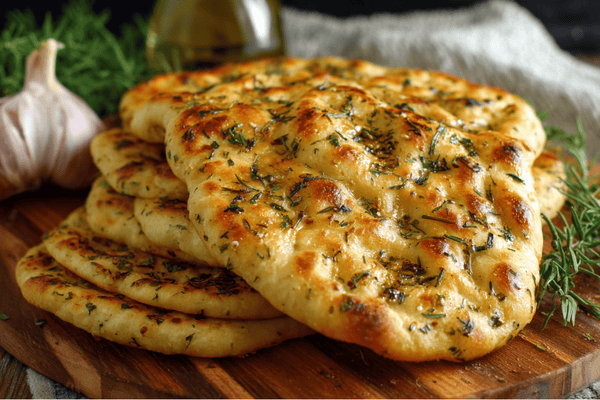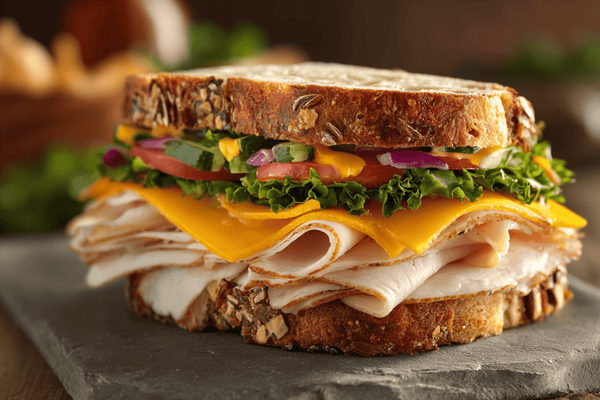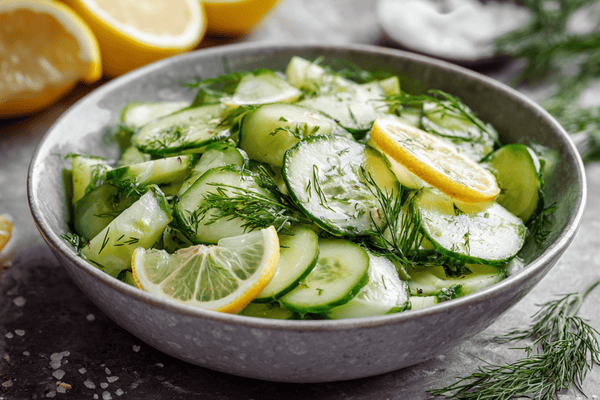
Whether you're a professional chef, a home cook, or simply a meat lover, having the right tools is essential when preparing meat. A good butcher knife is one of the most important tools in any meat lover's arsenal. And when it comes to butcher knives, the Japanese butcher knife is widely regarded as one of the best in the world. In this article, we'll take a deep dive into the world of Japanese butcher knives. We'll explore what makes these knives special, what sets them apart from other butcher knives, and how you can choose the right one for your needs.
Table of contents
Types of Japanese Butchers Knives
- Deba knife: The Deba knife is a heavy-duty butcher knife with a thick, single-bevel blade. It is primarily used for filleting fish and breaking down poultry and meat. The deba knife is available in different sizes, from small to large, depending on the task.
- Gyuto knife: The gyuto knife is a versatile all-purpose knife that can be used for chopping, slicing, and dicing meat, vegetables, and fish. It has a double-bevel blade that is thin and sharp, making it perfect for precision work. The gyuto knife is popular among professional chefs and home cooks.
- Sujihiki knife: The sujihiki knife is a long, thin, and narrow knife that is perfect for slicing meat, fish, and vegetables. It has a double-bevel blade that is thin and flexible, making it ideal for making thin, precise slices.
- Honesuki knife: The honesuki knife is a specialized knife for boning and breaking down poultry. Its thick, triangular blade with a pointed tip makes it easy to manoeuvre around bones and joints.
- Nakiri knife: The nakiri knife is a vegetable knife with a straight blade that is perfect for chopping and slicing vegetables. It has a double-bevel blade that is thin and sharp, making it easy to create precise cuts.
- Yanagiba knife: The yanagiba knife is a long, thin, narrow knife perfect for slicing sashimi and other raw fish. It has a single-bevel blade that is extremely sharp, making it easy to create thin, precise slices.
| Knife Name | Blade Shape and Bevel | Primary Use |
|---|---|---|
| Deba Knife | Thick, single-bevel blade | Filleting fish, breaking down poultry and meat |
| Gyuto Knife | Thin, double-bevel blade | Chopping, slicing, and dicing meat, vegetables, and fish |
| Sujihiki Knife | Long, thin, and narrow double-bevel blade | Slicing meat, fish, and vegetables |
| Honesuki Knife | Thick, triangular single-bevel blade | Boning and breaking down poultry |
| Nakiri Knife | Straight double-bevel blade | Chopping and slicing vegetables |
| Yanagiba Knife | Long, thin, and narrow single-bevel blade | Slicing sashimi and other raw fish |
How to Choose the Right Japanese Butchers Knife
Choosing the right Japanese butcher knife can be daunting, especially if you're new to the world of Japanese knives. Here are some factors to consider:
- Blade material: Japanese butcher knives are typically made of high-carbon steel, which is known for its sharpness and durability. However, high-carbon steel requires more maintenance and can rust if not correctly cared for.
- Blade shape: Each type of Japanese butcher knife has a unique blade shape that is designed for a specific task. Consider what tasks you'll use your knife for and choose a blade shape accordingly.
- Handle material: Japanese butcher knives typically have a wooden handle, which is durable and comfortable. Some knives may also have a plastic or composite handle, which is lighter and easier to maintain.
FAQ
Q: What is the difference between a single-bevel and a double-bevel blade?
A: A single-bevel blade has a flat side and a bevelled side, while a double-bevel blade is bevelled on both sides. Single-bevel blades are typically used for precision cutting, while double-bevel blades are more versatile and can be used for various tasks.
Q: How do I maintain my Japanese butcher knife?
A: Japanese butcher knives require more maintenance than other types of knives. After each use, wipe the blade clean with a damp cloth and dry it thoroughly. Store the knife in a dry place and use a honing rod or sharpening stone to keep the blade sharp.
Q: Can I use a Japanese butcher knife for everyday tasks like chopping vegetables?
A: Yes, many Japanese butcher knives are versatile enough to be used for various tasks, including chopping vegetables. However, some blades are designed specifically for specific tasks, so choosing the right knife is important.
Conclusion
Japanese butcher knives are an excellent investment for anyone serious about cooking. Precision, sharpness, and durability make these knives a must-have in any kitchen. Whether you're a professional chef or a home cook, a Japanese butcher knife is perfect for your needs. Remember to consider the blade material, blade shape, and handle material when choosing your knife, and take care to maintain it properly to keep it in top condition. With a bit of care and attention, your Japanese butcher knife will be a valuable tool in your kitchen for years.


